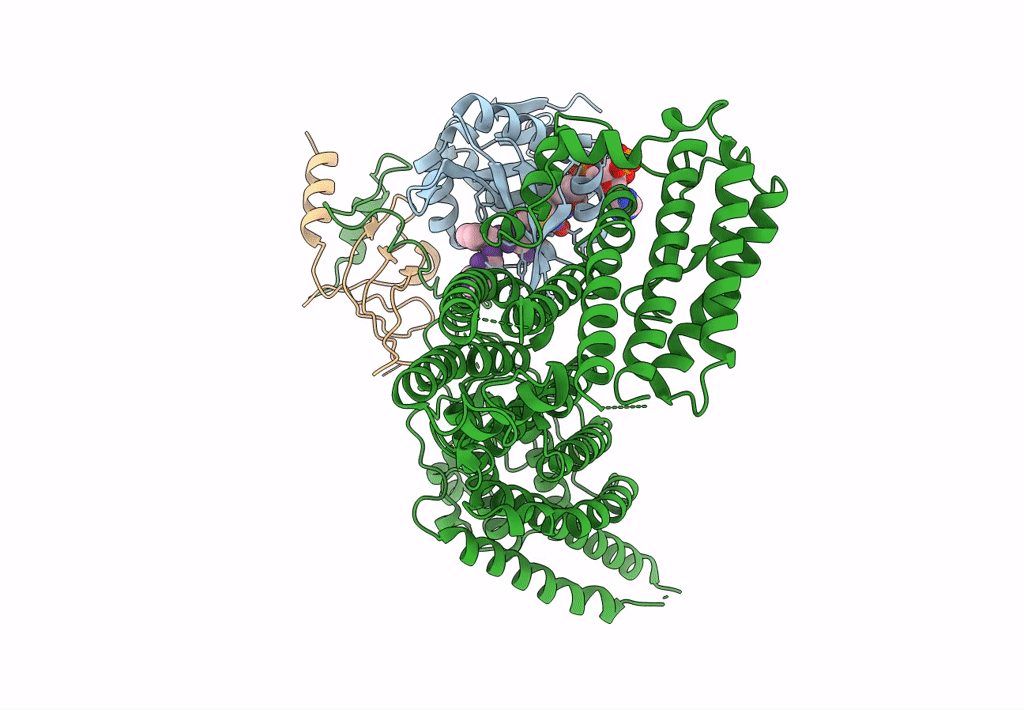
Deposition Date
2021-05-18
Release Date
2022-12-14
Last Version Date
2024-11-06
Entry Detail
PDB ID:
7MX2
Keywords:
Title:
Cryo-EM structure of human ternary NatC complex with a Bisubstrate inhibitor
Biological Source:
Source Organism:
Homo sapiens (Taxon ID: 9606)
Host Organism:
Method Details:
Experimental Method:
Resolution:
3.64 Å
Aggregation State:
PARTICLE
Reconstruction Method:
SINGLE PARTICLE


